GPCR/G protein

All GPCRs share a common seven trans-membrane structure. GPCRs are associated with heterotrimeric G-proteins which are GTP-binding proteins made of alpha, beta, and gamma subunits. When a ligand binds to GPCR, it activates the attached G-protein, the GDP is replaced with GTP. The activated G-protein then dissociates into an alpha and a beta-gamma complex which activates downstream signaling pathways. These intracellular signaling pathways include cAMP/PKA, calcium/NFAT, phospholipase C, protein tyrosine kinases, MAP kinases, PI-3-kinase, nitric oxide/cGMP, Rho, and JAK/STAT.
GPCRs are one of the most important therapeutic targets for various diseases, over 30% of all modern medicinal drugs target this family. Aberrant GPCR functions are involved in pathological conditions such as neurological, immunological and hormonal disorders. A large number of GPCRs have been identified, but whose ligands are not known, are classified as orphan receptors.
-
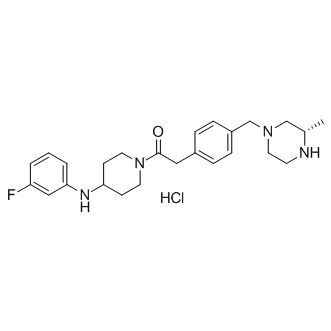 B1137 GSK962040 hydrochlorideSummary: Small molecule, selective motilin receptor agonist
B1137 GSK962040 hydrochlorideSummary: Small molecule, selective motilin receptor agonist -
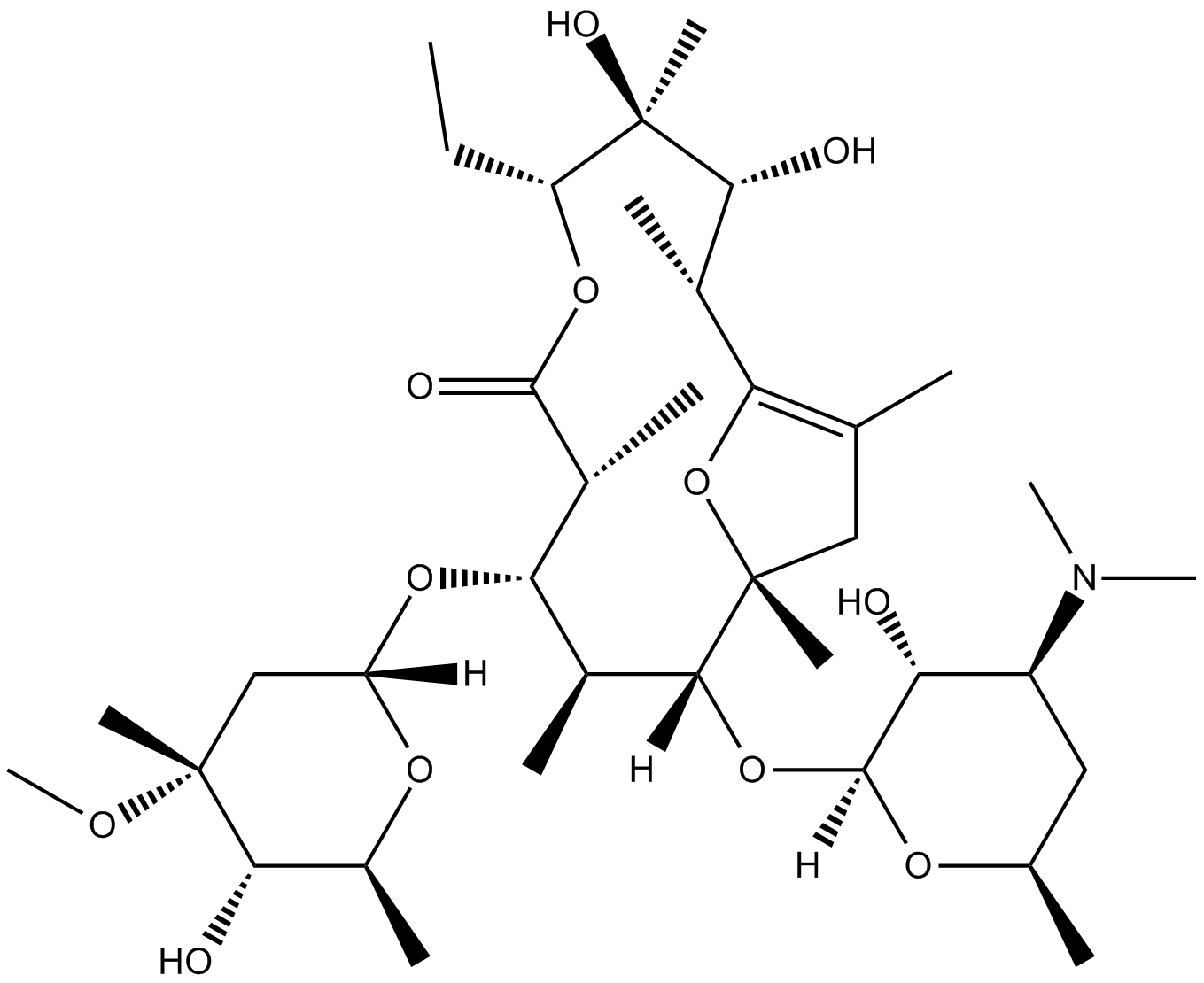 C3019 Erythromycin A enol etherSummary: β-turn mimic of the peptide hormone motilin
C3019 Erythromycin A enol etherSummary: β-turn mimic of the peptide hormone motilin -
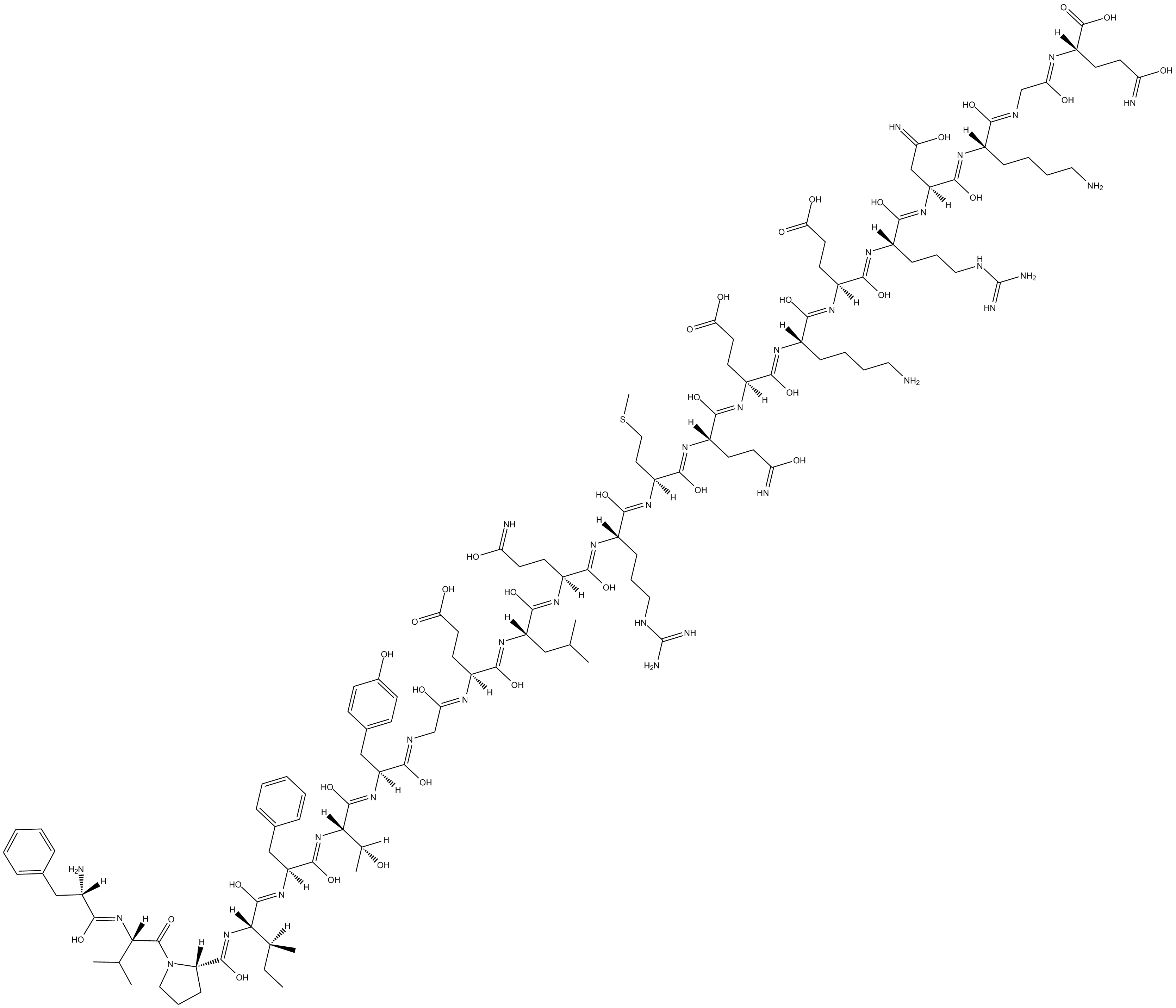 B5284 Motilin (human, porcine)Summary: Endogenous motilin receptor ligand
B5284 Motilin (human, porcine)Summary: Endogenous motilin receptor ligand -
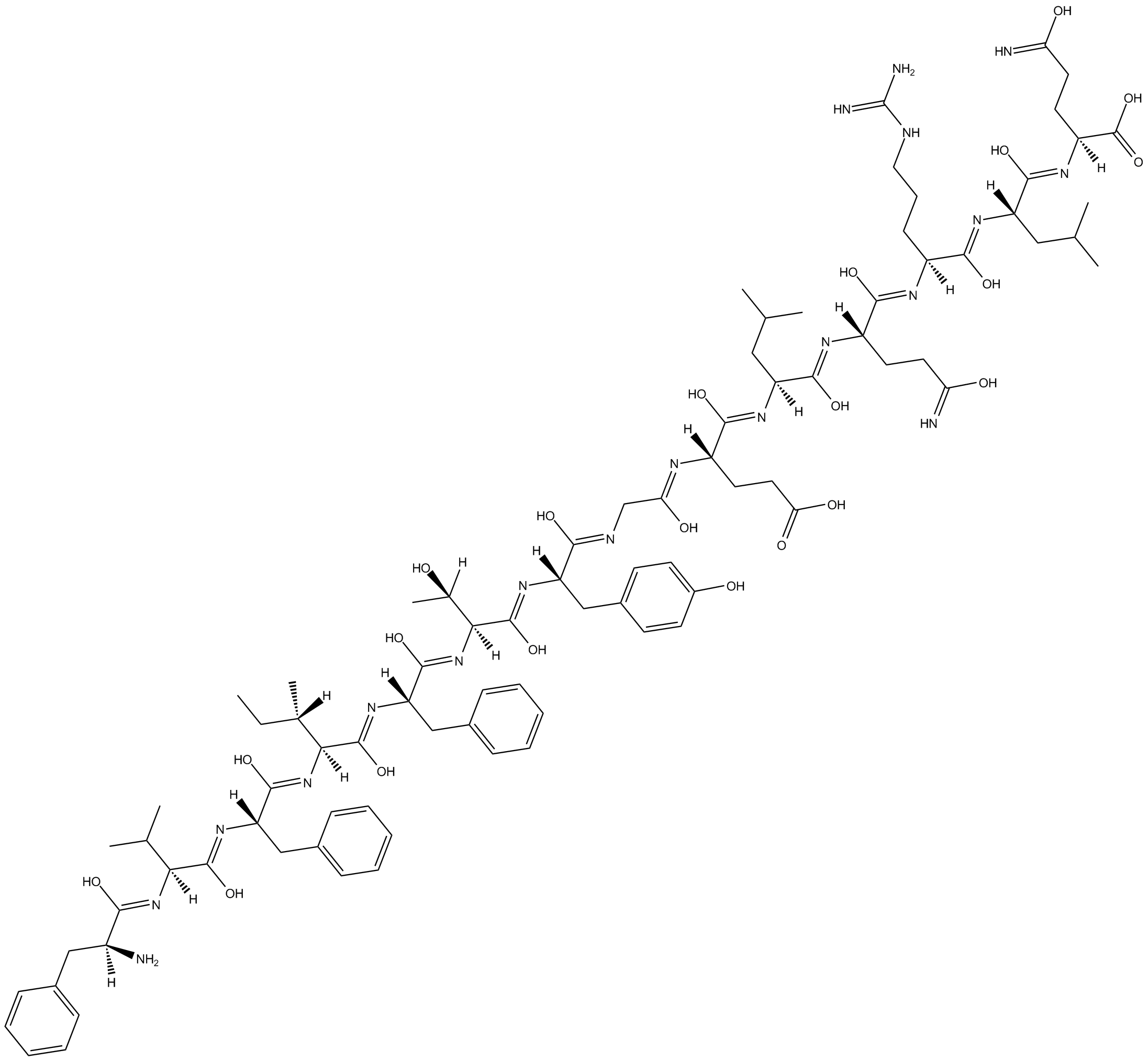 B5803 ANQ 11125Summary: Motilin receptor antagonist,selective
B5803 ANQ 11125Summary: Motilin receptor antagonist,selective -
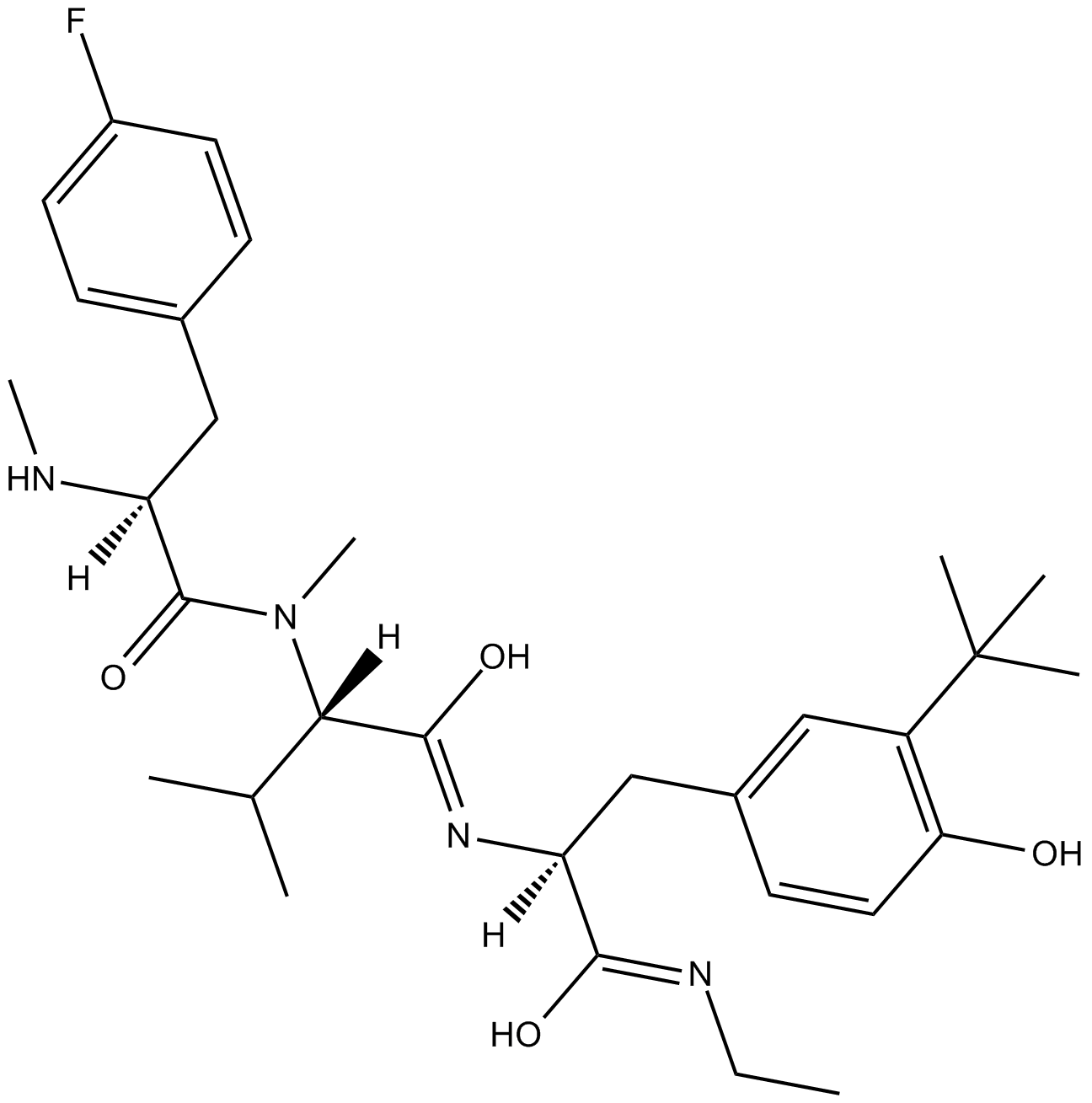 B7721 MA 2029Summary: motilin receptor antagonist,potent and selective
B7721 MA 2029Summary: motilin receptor antagonist,potent and selective

